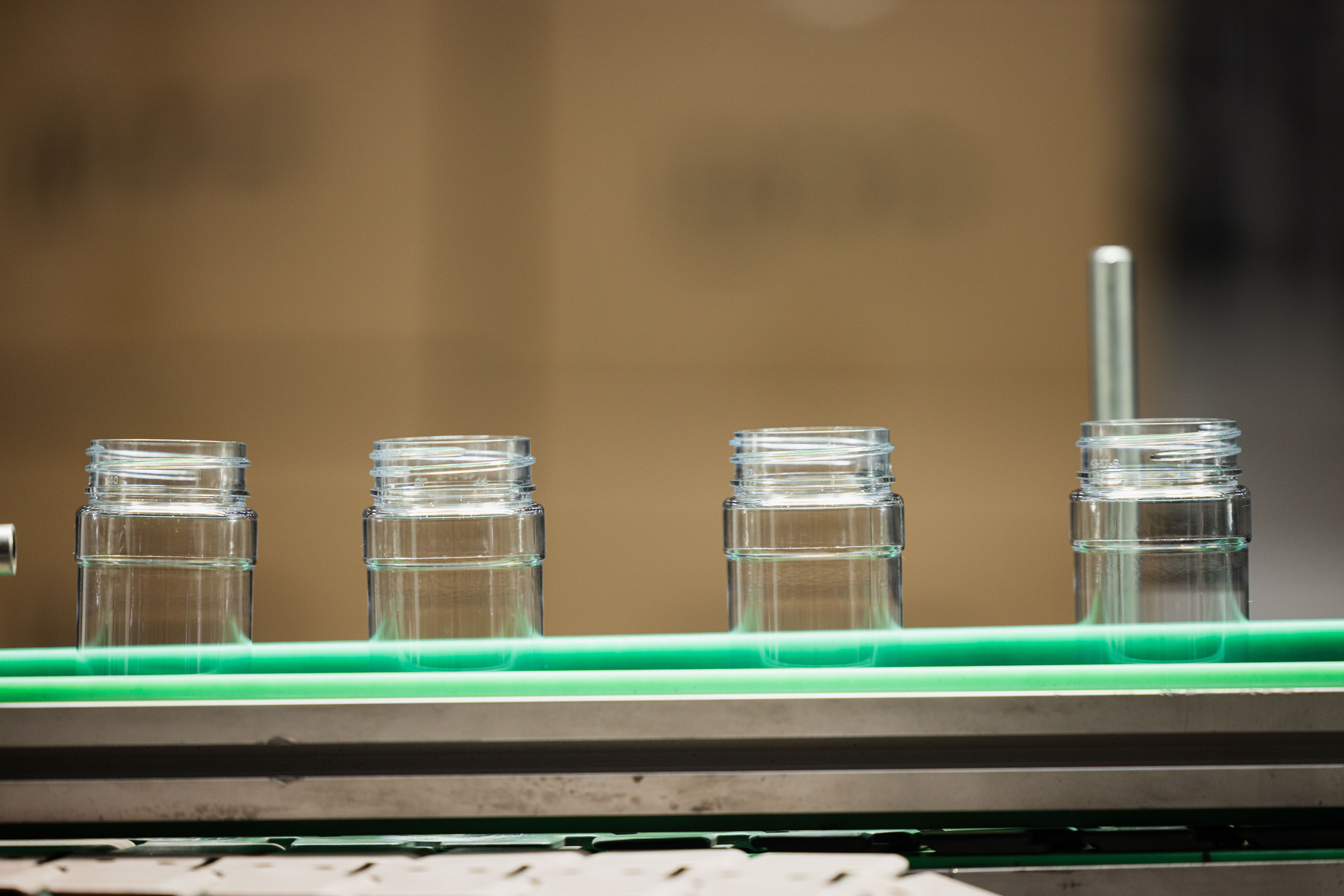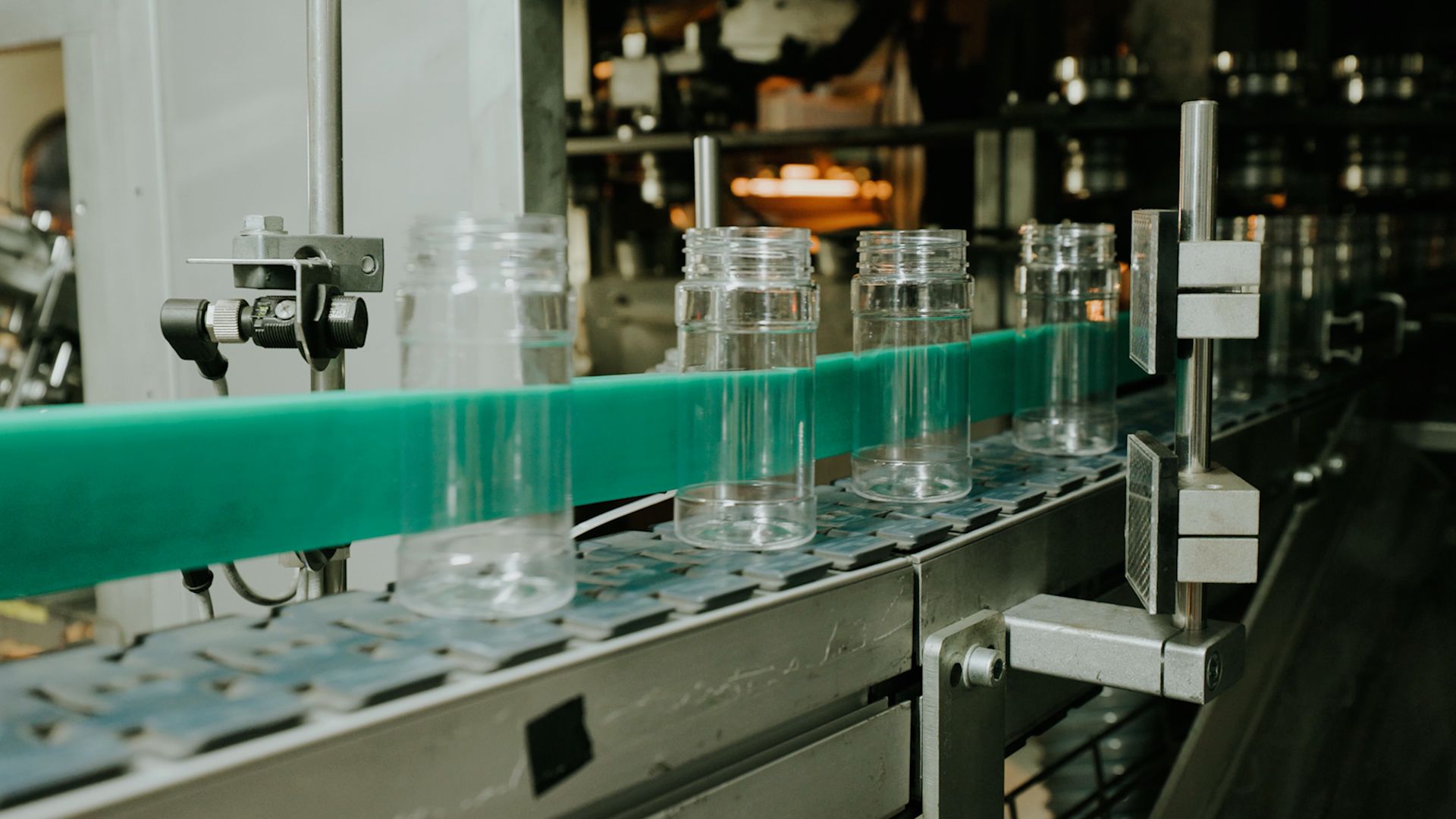Index
ToggleCould Fake Christmas Trees Be Better for the Environment in the Long Run?
Artificial Christmas trees may seem like a fairly recent advent in the miscellany of holiday decorations, but the fact is they’ve been around since the 19th century. The first fake trees were crafted from green-dyed goose feathers attached to wire branches. In 1930, a U.S. brush company came up with the idea of dyeing toilet brush bristles green and using them to manufacture faux tannenbaums for the masses. The 1960s saw the rise of the ubiquitous aluminum tree.
But these days, the vast majority of artificial trees are made of plastic. Now as we’ve mentioned before, plastic tends to get a bad rap when it comes to the environment. And in these days of climate consciousness, there’s a knee-jerk tendency to assume that natural Christmas trees are automatically better for the planet.
But does this argument really bear up? Will using a store-bought artificial tree really put you on Santa’s naughty list? Well… it’s complicated.
Real Christmas Trees
First off, let’s be clear. Nobody is denigrating the awesomeness of real trees. As trees grow, they absorb planet-warming carbon dioxide from the air. We should all definitely be pro-tree.
However, when a tree is cut down or burned, it releases the carbon it’s been storing back into the atmosphere. Many farmers attempt to mitigate this by planting seedlings to replace the trees, but it takes seven years (on average) to fully grow a Christmas tree.
Real Christmas trees aren’t reusable. Most folks simply haul them to the curb when the holiday season is over. And then, eleven months later, they buy another one and repeat the cycle.
Probably the biggest benefit of real Christmas trees is that many are grown on local farms, which support local economies, communities, and farmers. In fact, according to the National Christmas Tree Association (NCTA), “there are close to 15,000 farms growing Christmas Trees in the U.S., and over 100,000 people are employed full or part-time in the industry.”
Artificial Christmas Trees
The reason most artificial tree advocates prefer them to real trees is convenience. They’re easy to set up. Many are pre-decorated. You don’t have to water it or vacuum up pine needles. And when the holiday season is over, you can simply pack it up in the closet and you’re done.
But it’s the reusability of an artificial tree that makes it an environmentally sustainable option. If people discarded their artificial trees every year and bought new ones, the impact on the environment would be destructive. However, there’s a tipping point in the lifespan of an artificial tree where it actually becomes more sustainable than a real tree.
So how long do you have to keep your artificial tree to offset its carbon cost? Answers vary. The American Christmas Tree Association (ACTA, not to be confused with the NCTA) says at least five years. Greenpeace says at least eight. Ellipsos, a sustainable development consulting firm, claims that 20 years is optimal.
Avoiding the Dreaded Landfill
Once they end up in a landfill, both real and artificial trees are problematic for the environment. Real trees contribute to the emissions of methane, a greenhouse gas 80 times more potent than carbon dioxide. Artificial trees languish for centuries before they decompose or they end up getting incinerated (which introduces a whole new environmental headache).
Fortunately, there are options to help avoid (or at least temporarily stave off) the dreaded landfill. Real trees can be mulched and used to nourish the next generation of conifers. Fake trees can be donated and reused, extending their life cycle for another 5-10 seasons. Also, many cities have recycling programs specifically for artificial Christmas trees!
So what’s the bottom line? Like we said, it’s complicated. A plastic Christmas tree will have no significant impact on the environment, as long as you can keep it out of the landfill. In fact, with responsible reuse and disposal (or donation), a fake Christmas tree could be better for the environment in the long run.
References
- “Real vs. Artificial Christmas Tree: Which Is Better for the Environment?” – Washington Post
- “Natural vs. Artificial Christmas Tree: Which Option Is Better for Climate?” – CNN
- “How to Dispose of a Christmas Tree” – Dumpsters.com
- “Christmas Tree Facts” – University of Illinois

How Recycled Polypropylene (rPP) Is Changing the Future of Packaging in the U.S.






comment 1